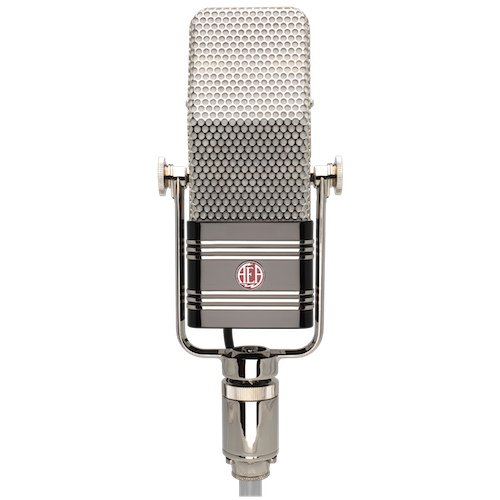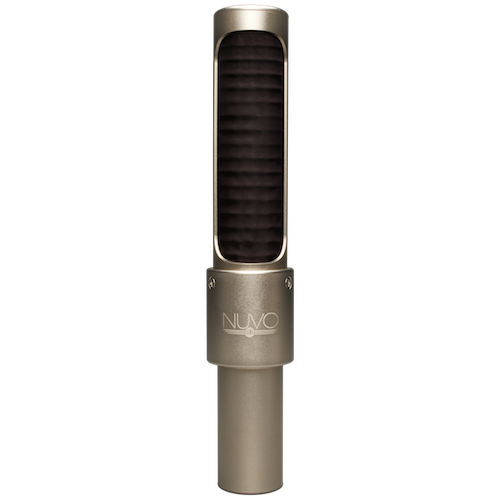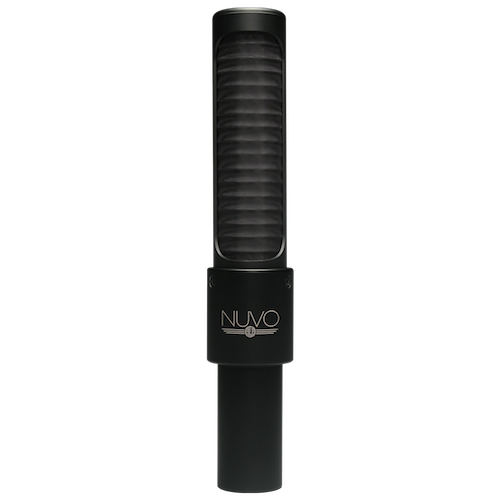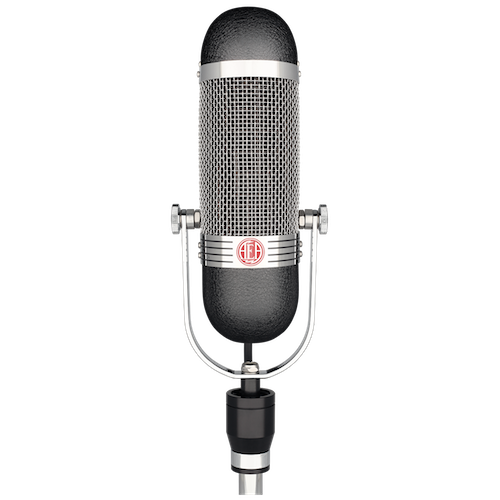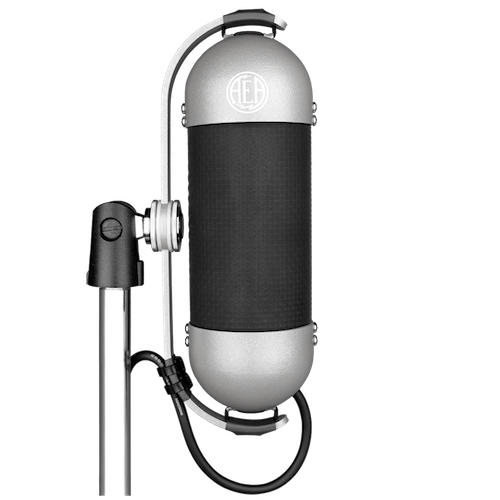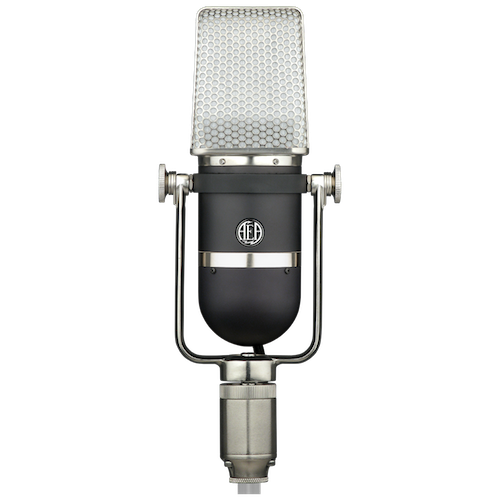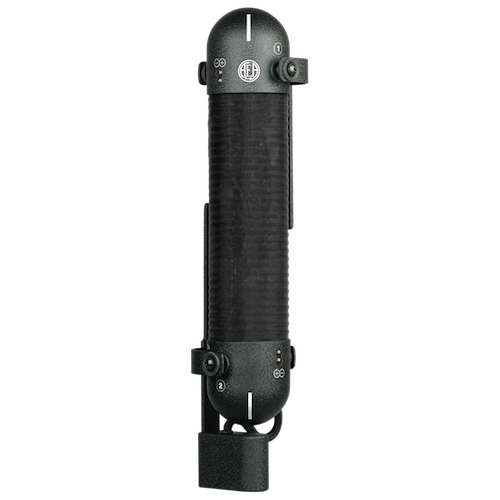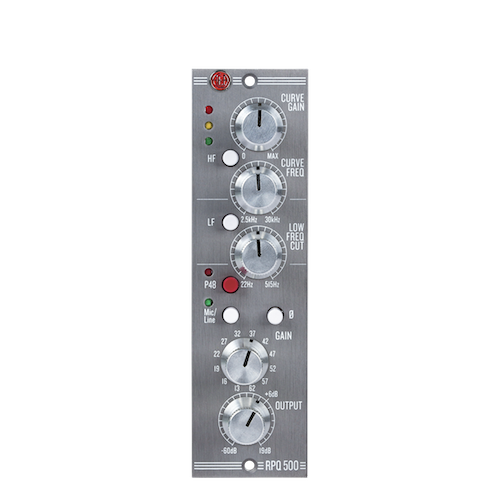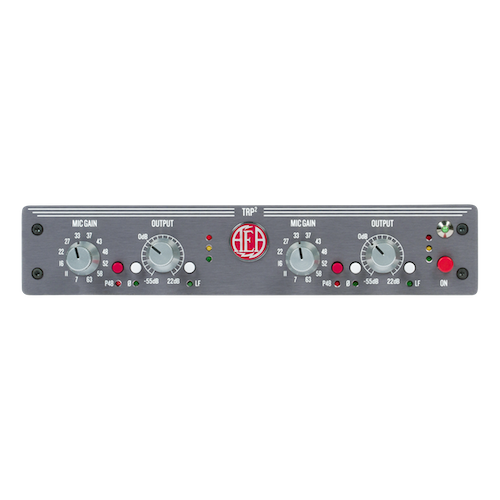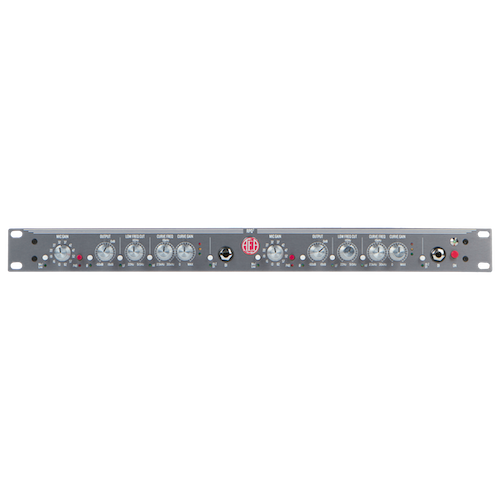At the heart of every ribbon mic, is a thin piece of corrugated aluminum suspended between two magnets that connect to a transformer. That encompasses the basic design.
However, as one might expect, the devil is in the details. The way the ribbon element is tensioned and tuned, its size and thickness, the type of corrugation and the materials surrounding the ribbon all have a huge impact on the sound and tonality of the microphone.
What’s a Big Ribbon?
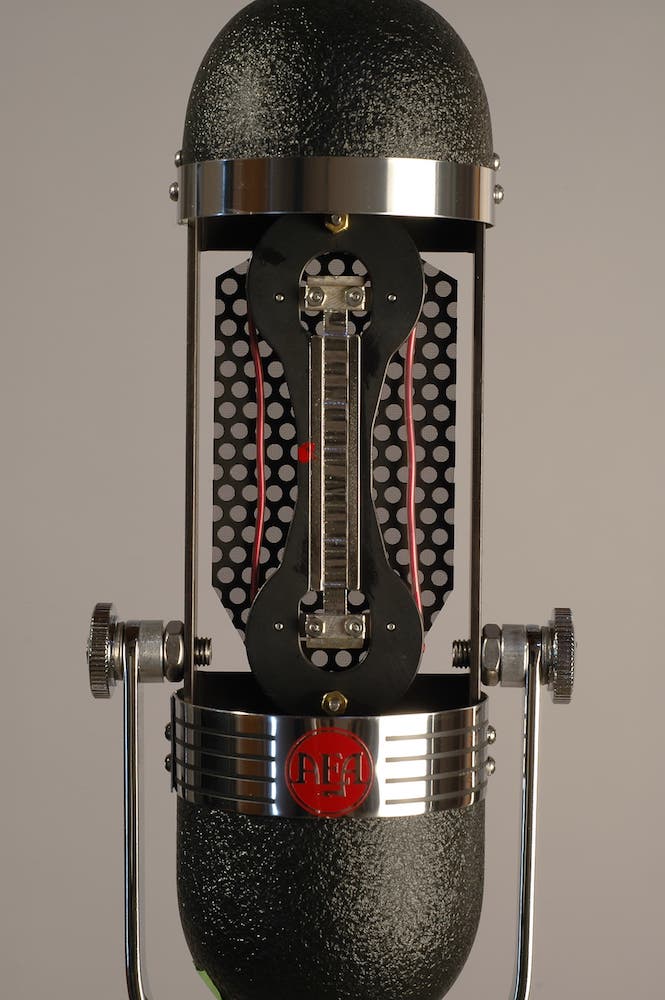
At AEA, we tune almost all of our ribbons to 16.5 Hz — the same frequency that RCA used to tune their classic RCA 44 model beginning in the 1930s. In fact, all of our figure-of-8 pattern microphones share the same ribbon element as the RCA 44 series.
Our tuning is vital to producing the distinct AEA sound that comes from any of our mics — though each microphone has its own unique nuance. These ribboning techniques date back to the RCA days of old.
The Big Ribbon Sound
So what difference does this 16.5 Hz tuning mean for users of AEA microphones?
AEA’s tuning is what sets us apart as a ribbon microphone manufacturer and is what makes our sound distinct. Our ribbons are tuned so low in order to capture adequate bass frequencies. Our ribbons are tuned lower than human hearing, so they capture low end below the sub frequencies.
This makes our ribbon mics perfect for capturing instruments such as kick drum, toms, bass and other instruments that have significant low-frequency information. Our ribbon mics have a resonant frequency lower than almost any other microphone in the world.
Bigger — is — Better
Along with the tuning, the length of the ribbon matters — a lot. At AEA, we use “Big Ribbons,” our way of differentiating a large 2.35 by 0.185-inch by two-micron pure aluminum, low-tension ribbon element just like those used by RCA.
AEA ribbons offer important advantages. Ribbon microphones operate linearly above their resonant frequency, unlike condenser or moving coil transducers, so the resonant frequency of a good microphone design should be as low as possible. The longer the ribbon, the lower the potential resonant frequency.
Most other ribbon mics are tuned much higher, sometimes within the range of human hearing. Ribbons with a tuning as high as 60 Hz or 70 Hz do not sound like they have as much low end as ribbons that are tuned lower.
The ribbon has to move twice as far for every drop in octave as it vibrates within the magnetic gap. Thus, a longer ribbon will allow for further movement back and forth. This results in the ribbon handling louder sound sources and higher sound pressure level (SPL).
The sound from 16.5 Hz tuned large-sized ribbons means that the mic’s sound is smooth, natural and free from any of the uncomfortable resonances that condensers can exhibit. The result is a sound that many engineers say is astonishingly close to what their ears hear while actually standing in the studio.
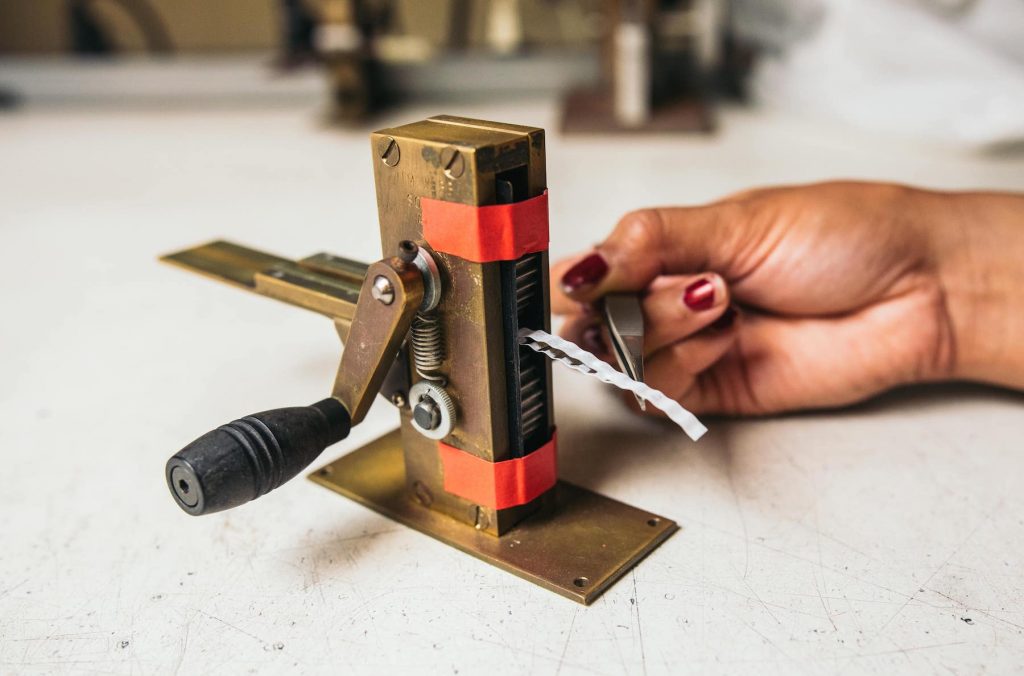
All AEA mics are ribboned in-house at our shop in Pasadena, California. Each ribboning technician goes through extensive training to make sure that every mic is made to the same standard. It requires finesse and a very steady hand to make sure that the ribbon is perfectly applied and tensioned to 16.5 Hz. After the process, the mic is auditioned to make sure it sounds correct to a trained ear. Then the frequency response and sensitivity are tested and recorded.
AEA achieves the classic RCA sound though this 16.5 Hz ribbon tuning. It is what differentiates our sound from others building ribbon microphones today.
